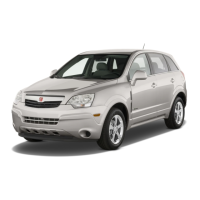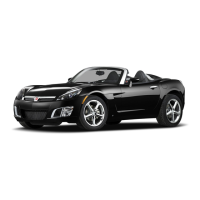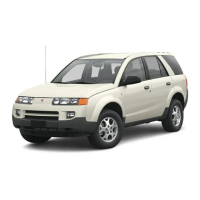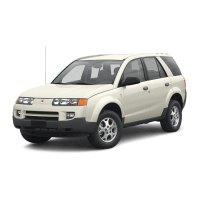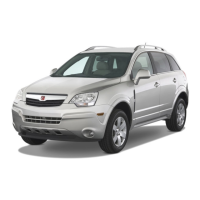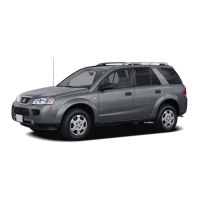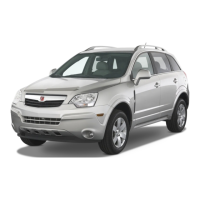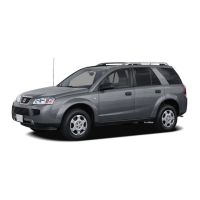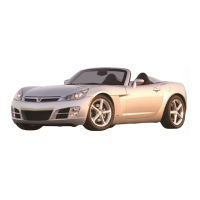On hot days, use the automatic fan
and automatic air delivery mode
settings and the vehicle will reach the
desired temperature more quickly.
The desired fan and air delivery
mode settings can still be adjusted
manually. Open the windows to let
the hot inside air escape, then close
them. This helps reduce the time it
takes for the vehicle to cool down
and helps the system to operate
more efficiently.
The air conditioning system removes
moisture from the air, so a small
amount of water might drip under the
vehicle while idling or after turning off
the engine.
; (Outside Air): Press to turn
the outside air mode on. An indicator
light comes on to show that outside
air is on. Air from outside the vehicle
will circulate throughout the vehicle.
The outside air mode can be used
with all modes, but it cannot be
used with the recirculation mode.
Pressing this button will cancel the
recirculation mode.
@ (Recirculation): Press to
turn on the recirculation mode.
An indicator light comes on to show
that recirculation is on. This mode
recirculates and helps to quickly cool
or heat the air inside the vehicle.
It can be used to prevent outside air
and odors from entering the vehicle.
Avoid using the recirculation mode
during high periods of humidity
and cool outside temperatures
since this may result in increased
window fogging. If window fogging
is experienced, select the
defrost mode.
Recirculation mode is not available in
floor, defog or defrost modes and will
shut off automatically and change to
outside air. If the button is selected
in any of these modes, the indicator
will flash. This helps prevent window
fogging and moisture building up
inside the vehicle.
Rear Window Defogger
The rear window defogger uses a
warming grid to remove fog from the
rear window.
The rear window defogger only
works when the ignition is in
ON/RUN.
< (Rear Window Defogger):
Press to turn the rear window
defogger on or off. An indicator light
on the button comes on to show
that it is activated.
The rear window defogger stays
on for approximately 10 minutes
after the button is pressed, unless
the ignition is turned to ACC/
ACCESSORY or LOCK/OFF.
If turned on again, the defogger only
runs for approximately five minutes
before turning off. At higher vehicle
speeds, the defogger may stay on
continuously. The defogger can
also be turned off by turning off
the engine.
Instrument Panel 3-23
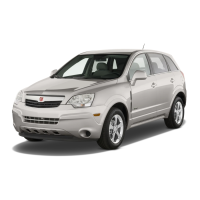
